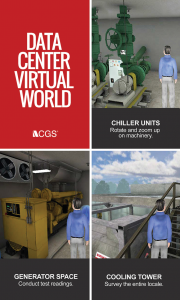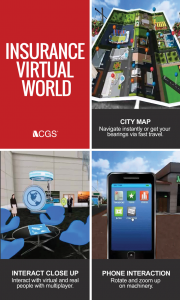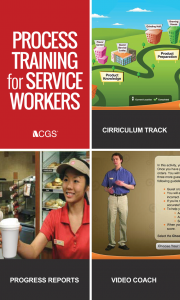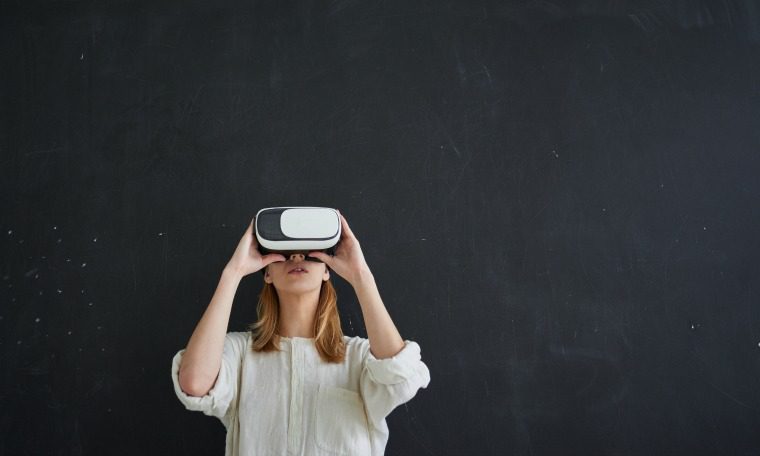 Virtual reality has clear benefits for the learner. By creating realistic environments in which employees can learn by exploration without physical risk or hefty travel fees, outcomes are improved and engagement is increased.
Virtual reality has clear benefits for the learner. By creating realistic environments in which employees can learn by exploration without physical risk or hefty travel fees, outcomes are improved and engagement is increased.
But many learning leaders will want to walk before they run into VR and augmented reality. A tangible solution with which to test the waters is 3-D learning, which allows businesses to create virtual worlds and real-life simulations. Consider the following three simulations and how they enable on-the-job learning.
Data Center installations are some of the most difficult places on Earth to secure access to. A high-fidelity 3-D simulation allows analysts to check on machinery, test readings on dials in the air conditioning, or even survey the outside of the installation — all from a web-based simulation.
 When onboarding millennials, engagement is key. Employees can navigate key buildings in the corporate campus, and learn about the culture through employee and mentor video greetings. In this case, a 3-D map represents the entire town complete with locations that would frequently take insurance agents out into the field.
When onboarding millennials, engagement is key. Employees can navigate key buildings in the corporate campus, and learn about the culture through employee and mentor video greetings. In this case, a 3-D map represents the entire town complete with locations that would frequently take insurance agents out into the field.
In the food service industry, consistency is key to the customer experience. Combining 3-D simulations, learning games and a leaderboard ensures that every employee can hit the ground running as they walk through the essentials of working with key pieces of equipment.
Doug Stephen is senior vice president of the learning division at CGS, a global enterprise learning and outsourcing company. Comment below, or email editor@CLOmedia.com.















